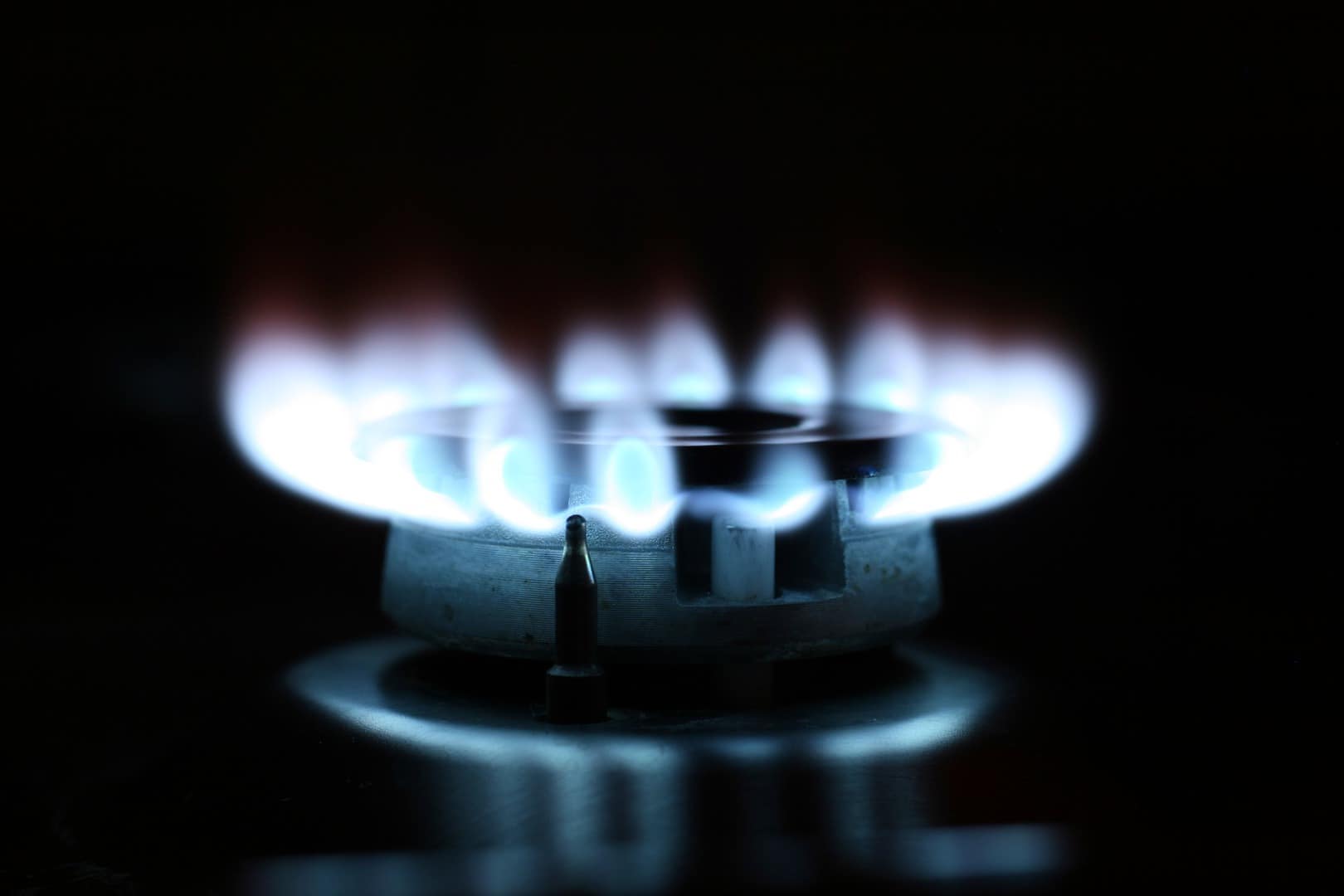Call for ex-ante assessment of security of supply and financial stability risks
We, the undersigned associations, fully acknowledge the seriousness of the situation in the energy sector and support measures that will help to alleviate the current energy crisis, including aspects of the proposed Council Regulation on better coordination of gas purchases, exchanges of gas across border and reliable price benchmarks. However, we are deeply concerned about the development of the market correction mechanism.
The proposed mechanism will undermine markets which suppliers rely on to deliver gas into homes and businesses. Even if it is never triggered, the effects will still be damaging for the following reasons:
A price cap threatens financial stability and the ability to maintain fair and orderly markets
1. The Central Counterparty (“CCP”) has the obligation to value all positions on a basis that reflects the real value of the relevant derivative. CCPs use trading venue prices to calculate the risk as regulated trading venues are the most reliable and transparent source for prices. The lack of price transparency and the reduction in liquidity will significantly impact CCPs and Clearing Members’ (“CMs”) risk management capability, especially in the event of a default, adding pressure to financial stability
2. In absence of the exchange’s price reflecting the actual price, CCP valuation of positions is likely to take place in the OTC bilateral market. Once a cap is in place, liquidity will begin to shift away from the exchange to the OTC bilateral market as participants will not want to manage price exposures across a dislocated market. As such, the fair valuation of the TTF front month will occur in the OTC bilateral market and hence will drive valuation in the margining process. To reflect inefficiency in the clearing mechanism, margins will increase significantly. ICE estimates an increase of around $33bn in margin calls from the CCP to CMs to account for the market increasingly moving OTC.
3. Default management will be compromised because CCPs will not be able to hedge their positions or effectively auction any defaulter’s portfolio. This undermines a critical tool of default management and makes it more likely that the banking system will bear the losses arising from a default of a market participant. This may mean that clearing brokers are likely to prevent market participants from trading the contract as default events cannot be managed.
4. Exchanges covered by the cap would have no way to satisfy their MiFID obligations to maintain a fair and orderly market.
5. A price cap may give Russia an opportunity to trigger financial instability through the CCP clearing mechanism by further manipulating supply.
A price cap fails to protect end consumers
6. Any cap on natural gas prices at European trading venues may drive price formation to alternatives such as TTF €/MWh European gas contracts outside the EU, existing TTF $MMBtu contracts outside the EU or UK-based NBP futures, which could become the best hedging tool for European gas. This means that the prices ultimately paid for gas by consumers and businesses will not be capped at the level envisaged by the market correction mechanism. Hedging European gas on non-EU venues is possible and likely to take place at large-scale.
7. The mechanism undermines the functioning of the energy derivatives market, which is a key tool for providing price signals for hedging by commercial suppliers and which ultimately protects consumers and businesses from volatile spot markets. The TTF front month future is the most liquid anchor contract of the entire TTF futures market and directly impacts pricing in quarters, seasons and calendar trading as well as their respective spreads.
8. If market participants exit the market due to the uncertainty a cap introduces, liquidity in energy derivatives will be reduced. As a result, the increased volatility will lead to more costs being incurred due to higher margin costs as well as wider bid-offer spreads to reflect the increased risk. These increased costs will be ultimately paid for by gas consumers.
A price cap will quickly exacerbate the problem
9. As soon as the price cap legislation is introduced market participants will be incentivised to shift their positions OTC so they can effectively manage their exposure only to a single price. However, many futures market participants do not have access to OTC markets (or will face bilateral credit constraints) and therefore this will reduce liquidity on the exchange and in the market overall.
10. Energy traded derivative markets liquidity providers who cannot or do not wish to take physical delivery of gas will exit the market due to the risk of being trapped in a position after the cap is triggered. This in turn will exacerbate price moves and make it more likely that the price cap will be triggered.
A robust assessment of the impact and implementation timeframe has not been carried out
11. The proposed mechanism fails to consider the above risks and, if implemented, can effectively be triggered with minimal safeguards and without a substantial impact assessment. To guarantee financial stability, an ex-ante assessment should take place, conducted by the European Central Bank (“ECB”) and a positive opinion ought to be issued before the legislation enters into force. Similarly, conditions related to security of supply should be assessed by ACER before the mechanism can be applied. Only with these safeguards will market confidence be maintained.
12. Finally, and importantly, the timeframe suggested for the introduction of the cap is wholly unachievable from an operational perspective. Financial market infrastructure governance requirements render it impossible for the cap to be designed, tested and implemented by market participants in the proposed timeframe. This would create a conflict between the cap legislation, fiduciary duties and regulatory obligations of market participants. A minimum of six months would be required to mitigate the risks associated with such a cap proposal.
This mechanism has unforeseen risks and does not help to alleviate the energy crisis
13. In sum, the proposal for a market correction mechanism will not achieve its primary objective of lowering energy prices but will increase them because it creates a more costly market mechanism, while introducing risks to financial stability in Europe and seriously threatening the EU’s security of supply. In addition, it will have detrimental and potentially irrevocable effects on the functioning and competitiveness of the European energy wholesale markets and given the energy markets symbiotic relationship with the carbon market, the European’s flagship climate policy tool, the Emissions Trading Scheme, that may last well beyond the current crisis.
14. We therefore call for an ex-ante assessment of the financial stability and security of supply risks before the market correction mechanism is applied.
Attachments
-
 20221202_Joint association statement on market correction mechanism
20221202_Joint association statement on market correction mechanism
File size: 129 KB

